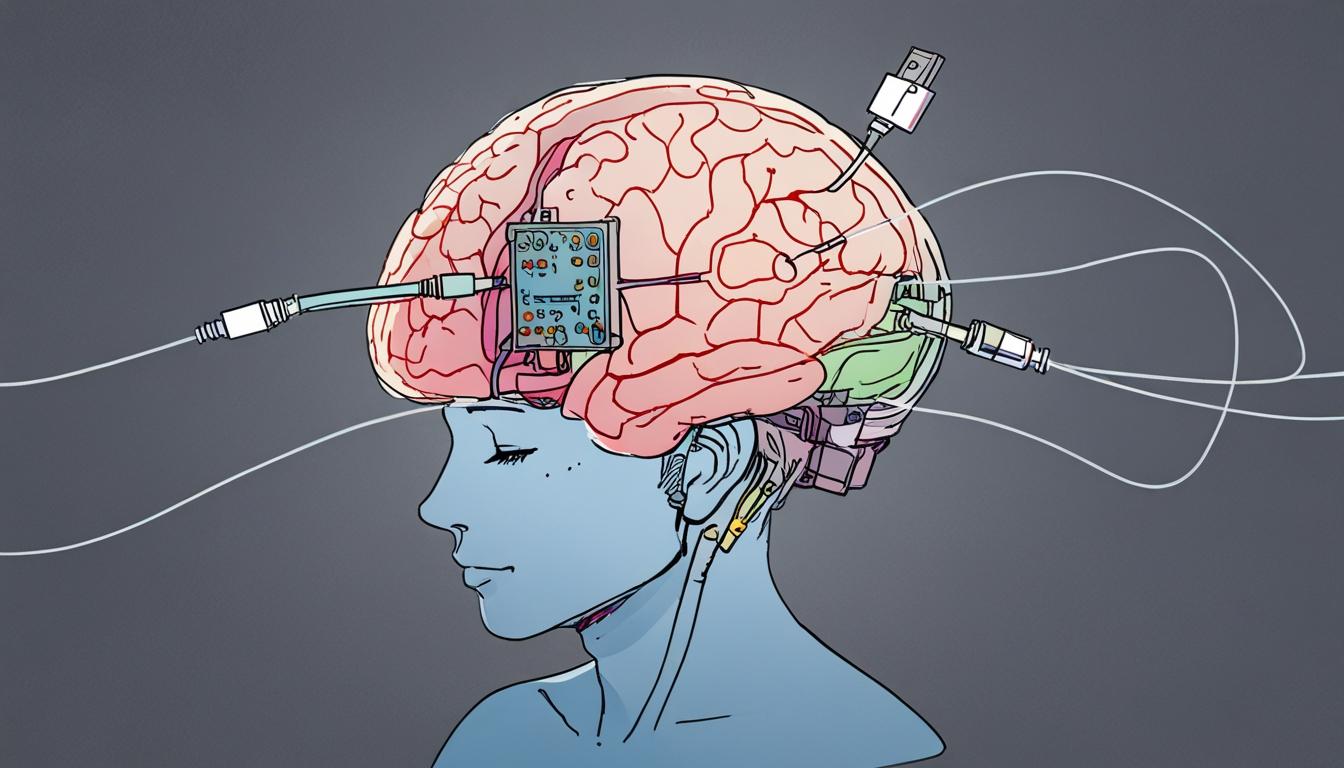Apple has recently unveiled an ambitious collaboration with the neurotechnology company Synchron, setting the stage for a groundbreaking integration of brain-computer interface (BCI) technology into its devices, including the iPhone, iPad, and Apple Vision Pro. This initiative marks a significant leap in assistive technology, promising to change the way individuals with severe mobility restrictions interact with their digital environments.
At the core of this integration is a new BCI Human Interface Device (HID) protocol that allows users to control their devices using neural signals. This system eliminates the necessity for physical movement or vocal commands, making it a potentially transformative tool for individuals with conditions such as amyotrophic lateral sclerosis (ALS), stroke, or spinal cord injuries. Synchron's BCI system, known as the Stentrode, is designed to be implanted via a minimally invasive endovascular procedure. This approach involves placing the device on the surface of the motor cortex through the jugular vein, where it can detect and transmit motor intent from the brain wirelessly.
Dr. Tom Oxley, CEO and Co-Founder of Synchron, described the integration as a transformative moment for human-device interaction. “This marks a defining moment for human-device interaction. BCI is more than an accessibility tool; it’s a next-generation interface layer,” he stated, highlighting not just the technological advancement but also its potential to enhance the lives of those with paralysis. By establishing neural interfaces as a recognized input method, the collaboration opens up new possibilities for accessibility.
Practical demonstrations of this technology have already showcased its capabilities. In a notable instance, a 64-year-old man with ALS was able to control the cursor on the Apple Vision Pro using only his thoughts. This allowed him to engage in activities such as playing Solitaire, watching Apple TV, and sending texts, all without physical assistance. Such applications exemplify the profound impact that BCI technology can have on the lives of individuals facing significant mobility challenges.
Apple's broader commitment to accessibility is reflected in its partnerships with advocacy groups like Team Gleason, which supports those living with ALS. Blair Casey, CEO of Team Gleason, noted that Apple not only leads in developing accessible products but also sets new standards for creating technology that meaningfully improves lives.
The implications of this collaboration extend beyond individual use cases. Synchron's previous studies have shown that the Stentrode BCI can significantly enhance daily functionality for people suffering from severe paralysis. In a pioneering clinical trial, patients were able to perform various tasks—including texting, emailing, shopping, and online banking—simply by thinking about the actions they wished to perform. These advances indicate a promising future where technology could play a crucial role in restoring independence to those with motor impairments.
Safety and efficacy trials have also underscored the viability of the Stentrode system, confirming its capability to capture motor signals and translate them into actionable digital commands. As the technology matures, the implications for enhancing quality of life among those with disabilities are poised to be profound.
In essence, the partnership between Apple and Synchron heralds a new era for accessibility in technology. By harnessing the power of brain-computer interfaces, they are not just offering a novel means of interaction but are also altering the landscape of possibilities for millions worldwide who live with severe motor limitations.
Reference Map
- Paragraphs 1, 2, 4, 5, 7
- Paragraphs 3, 6
Source: Noah Wire Services
